
Useful Japanese phrases for travelers
Traveling in Japan can be even more rewarding with a few helpful Japanese phrases under your belt. While Japan is generally accommodating to English speakers, learning basic phrases for greetings, asking for directions, or ordering food can make your interactions smoother and more enjoyable. Japanese people greatly appreciate the effort, and you may find that a simple phrase can open doors to a more immersive experience.
This guide will cover essential Japanese phrases for various travel situations, ensuring you’re prepared for every part of your journey, from navigating the bustling city streets to ordering food at a traditional restaurant. With this guide, you’ll be ready to explore Japan with confidence.
Contents
1. Greetings and Politeness
Knowing a few basic greetings and polite expressions will make a strong first impression. Japanese culture places high importance on respect and politeness, so starting with these essentials is a great foundation.
Hello / Good day: こんにちは (Konnichiwa)
A general greeting used in both formal and informal settings. Saying “こんにちは” is an easy way to start an interaction.
Good morning: おはようございます (Ohayou gozaimasu)
This is a polite way to greet someone in the morning. In casual settings, you can just say “おはよう (Ohayou).”
Good evening: こんばんは (Konbanwa)
Say “こんばんは” in the evening hours. It’s a polite and respectful greeting, suitable for most situations.
Thank you: ありがとうございます (Arigatou gozaimasu)
Use this to express gratitude formally. For a more casual “Thank you,” say “ありがとう (Arigatou).”
Excuse me / I’m sorry: すみません (Sumimasen)
This versatile phrase can be used to get someone’s attention, apologize, or say “Excuse me.” It’s especially helpful when you need assistance or to politely brush past someone in a crowded place.
Goodbye: さようなら (Sayounara)
This is used for final goodbyes, though you might hear locals say “またね (Mata ne)” or “じゃね (Ja ne)” in informal situations, which mean “See you later.”
2. Basic Travel Questions
Asking basic travel-related questions in Japanese can help immensely, especially in smaller towns or rural areas where English may not be as common.
Where is…?: ~はどこですか? (… wa doko desu ka?)
Use this to ask for directions. For example, “Where is the station?” would be “駅はどこですか? (Eki wa doko desu ka?).” Replace “駅 (Eki)” with the place you’re looking for.
How much does this cost?: これはいくらですか? (Kore wa ikura desu ka?)
Ask this question when you want to know the price of something. It’s especially useful when shopping or dining.
Can you speak English?: 英語が話せますか? (Eigo ga hanasemasu ka?)
Politely ask if someone can speak English. If they reply, “少し (sukoshi),” it means they can speak “a little.”
3. Directions and Navigation
Finding your way can be easier with a few direction-based phrases, especially since many Japanese signs and maps may only have limited English.
Right / Left: 右 (Migi) / 左 (Hidari)
“Right” is “右 (Migi),” and “Left” is “左 (Hidari).” Use these when getting directions.
Go straight: まっすぐ行ってください (Massugu itte kudasai)
This phrase is useful for asking to go straight or to confirm a direction.
Is it nearby?: 近いですか? (Chikai desu ka?)
Ask this to confirm if a place is close by, which can be helpful in determining walking distance.
4. Transportation Phrases
Japan’s public transportation is efficient but can be challenging to navigate. These phrases can help you make sense of train, bus, and taxi options.
Train station: 駅 (Eki)
Knowing the word “駅” is essential for navigating Japan’s extensive train network. To find a specific station, add the name before “駅” (e.g., Tokyo Station is “東京駅 – Tokyo Eki”).
Where does this train go?: この電車はどこに行きますか? (Kono densha wa doko ni ikimasu ka?)
A helpful phrase when you’re unsure of the train’s destination. You can also ask about buses with “このバスはどこに行きますか?” (Kono basu wa doko ni ikimasu ka?).
5. Dining and Ordering Food
Dining out is a major highlight in Japan, and understanding some dining-specific phrases can help you fully enjoy the experience.
Menu, please: メニューをください (Menyuu o kudasai)
Use this to request a menu when you sit down at a restaurant.
Can I have…?: ~をください (… o kudasai)
This phrase is used to order something specific. For example, “Water, please” is “水をください (Mizu o kudasai).”
Check, please: お会計お願いします (O-kaikei onegai shimasu)
When you’re ready to pay, say this to request the bill.
6. Shopping Essentials
Japan offers incredible shopping opportunities, and these phrases will make your experience more enjoyable.
Do you have this in another size?: 別のサイズはありますか? (Betsu no saizu wa arimasu ka?)
If you’re shopping for clothes or shoes, use this phrase to check for different sizes.
Can I try this on?: 試着できますか? (Shichaku dekimasu ka?)
Use this phrase if you’d like to try on clothing items before purchasing.
7. Accommodation and Hotel Needs
Hotels and guesthouses in Japan are generally very accommodating, but these phrases can help clarify your needs.
Do you have a reservation?: 予約していますか? (Yoyaku shiteimasu ka?)
If you have a booking, confirming it can help when you check in.
Can you hold my luggage?: 荷物を預かってもらえますか? (Nimotsu o azukatte moraemasu ka?)
Hotels often accommodate early arrivals by holding onto luggage until check-in time.
8. Emergency Situations
In case of an emergency, these phrases can help you get assistance quickly.
Help!: 助けて! (Tasukete!)
This is a general call for help, understood by all Japanese speakers.
Call the police: 警察を呼んでください (Keisatsu o yonde kudasai)
If you need police assistance, say this phrase.
9. Helpful Expressions for Social Situations
These phrases will come in handy during casual interactions, allowing you to engage more naturally with locals.
It’s delicious!: 美味しいです! (Oishii desu!)
A great compliment when eating something you enjoy. Locals appreciate it when travelers express enjoyment of Japanese food.
I don’t understand: わかりません (Wakarimasen)
Use this when you don’t understand something, and often, people will try to explain it differently.
Yes / No: はい (Hai) / いいえ (Iie)
Simple and straightforward, these will be useful in countless situations.
Whether you’re ordering a bowl of ramen or exploring an ancient temple, these phrases can enrich your travel experience in Japan, making it easier to connect with people and navigate with confidence. Safe travels!
Share
You may also like
-

Visiting Japan’s Love Hotel Districts: What to Expect
Japan’s love hotel districts are famous for their unique and fascinating blend of privacy, creativity, and a touch of...
-

Top 10 Late-Night Dining Spots in Tokyo’s 24-Hour Cafes
Tokyo’s vibrant nightlife extends well beyond bars and nightclubs, with a thriving late-night dining culture tha...
-
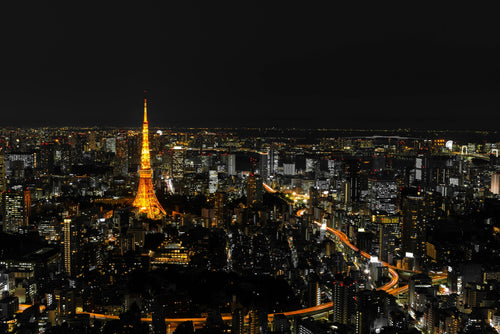
Best Night Tours in Tokyo for After-Dark Adventures
Tokyo’s nightlife is renowned for its energy, vibrancy, and unique blend of traditional and modern experiences. From ...
-
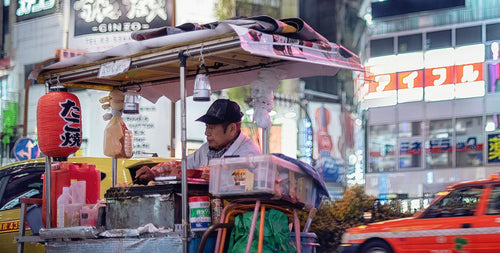
Japan’s Late-Night Food Culture: 8 Best Street Eats
Japan’s late-night food culture is a vibrant experience, especially in bustling cities like Tokyo and Osaka, where de...
-
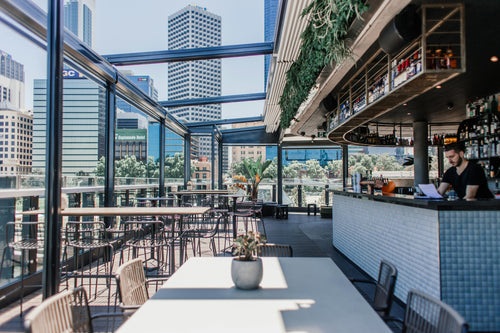
7 Rooftop Bars in Tokyo for Stunning Views
Tokyo’s rooftop bars offer some of the best ways to soak in the city’s skyline while enjoying drinks, atmosphere, and...
-

10 Best Nightclubs in Tokyo for Dancing and Music Lovers
Tokyo's nightlife is renowned for its variety and energy, with nightclubs that range from high-energy dance floors to...
-
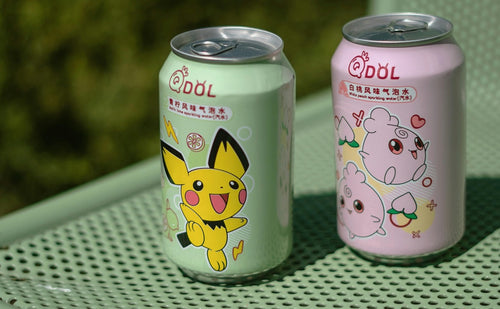
8 Themed Bars and Cafes You Need to Visit in Tokyo
Tokyo is famous for its creative and quirky themed bars and cafes, offering immersive experiences for locals and...
-

Tokyo Nightlife Guide: Shinjuku, Shibuya, and Roppongi Highlights
Tokyo’s nightlife is legendary, offering a mix of vibrant energy, entertainment, and unique experiences in some of it...
-
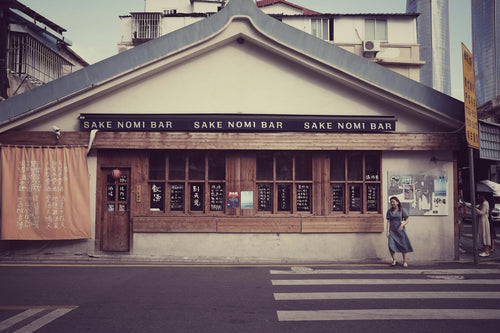
7 Best Japanese Sake Bars in Tokyo
Tokyo is home to some of Japan’s best sake bars, offering both locals and visitors an opportunity to explore the...
-
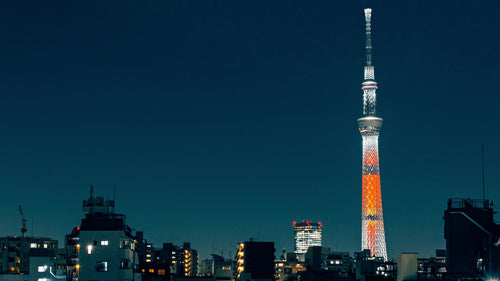
Top 6 Observation Decks in Tokyo for Scenic Views
Tokyo’s observation decks offer some of the best panoramic views of the city, giving visitors a chance to see th...
-
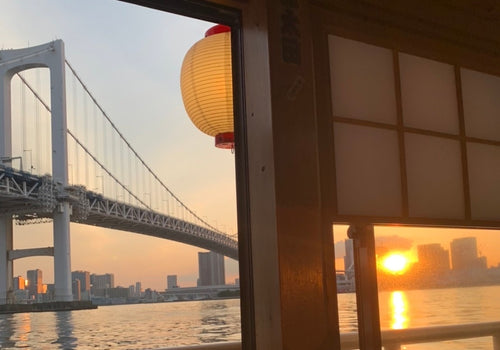
Night Cruises in Tokyo: Enjoy the City Views
Tokyo’s skyline is mesmerizing at any time, but experiencing it from the water on a night cruise adds a magical ...
-
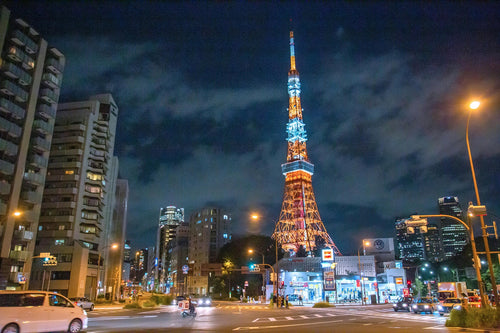
Roppongi Art and Nightlife Guide
Roppongi is one of Tokyo’s most vibrant districts, known for its lively nightlife, sophisticated art scene, and ...
-
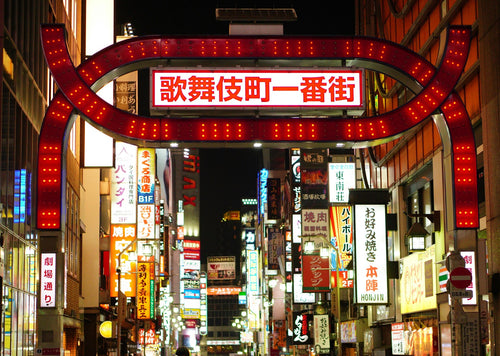
Nightlife Guide to Shinjuku Kabukicho
Shinjuku’s Kabukicho district, known as Tokyo’s “Sleepless Town,” is the center of nightlife in Tokyo. Renowned ...
-
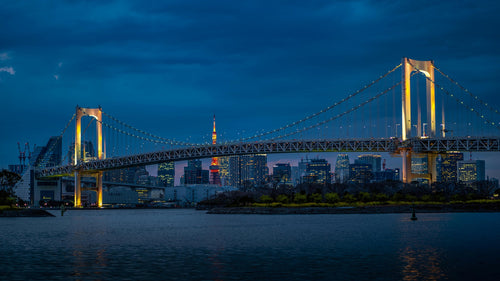
6 Best Night View Spots in Tokyo
Tokyo at night is a breathtaking spectacle, with illuminated skyscrapers, iconic landmarks, and bustling streets that...
-
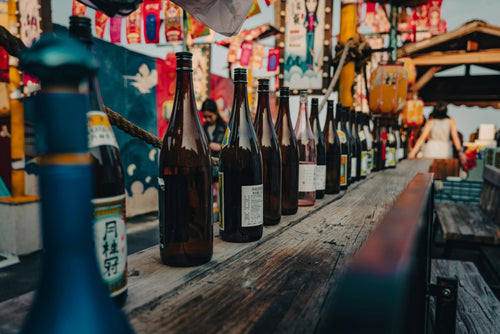
Top 12 Sake Breweries in Japan for Tasting and Tours
Japan’s sake culture is celebrated around the world for its depth, complexity, and rich history. Sake, or nihons...
-
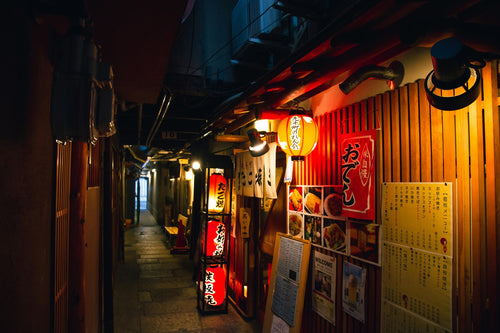
How to Enjoy a Night at a Japanese Izakaya
Japanese izakayas are casual, lively spots where locals gather after work to enjoy drinks, share small plates, a...
-

Exploring Karaoke Culture in Japan: 8 Best Places to Sing
Karaoke is an integral part of Japanese culture, offering a fun and entertaining way for friends, family, and even co...
-
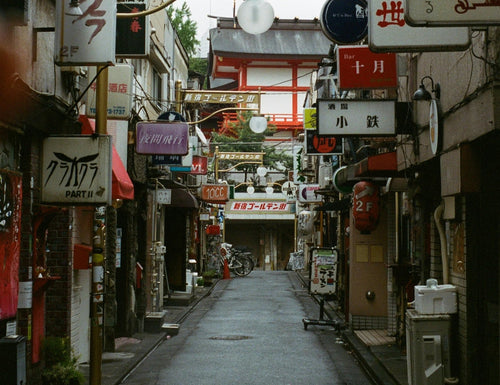
5 recommended bars in Golden Gai
Golden Gai, nestled in the heart of Tokyo’s Shinjuku district, is one of the city’s most iconic bar districts. Known ...
-

10 Japanese Gardens You Should Visit for Tranquility
Japanese gardens are renowned for their beauty, tranquility, and intricate designs that reflect harmony with nature. ...
-
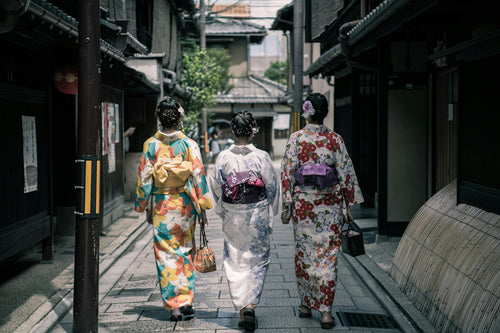
Japan’s Kimono Heritage: Symbolism, Style, and Where to See
The kimono, Japan’s traditional garment, is a beautiful and symbolic representation of Japanese culture. From its int...
-
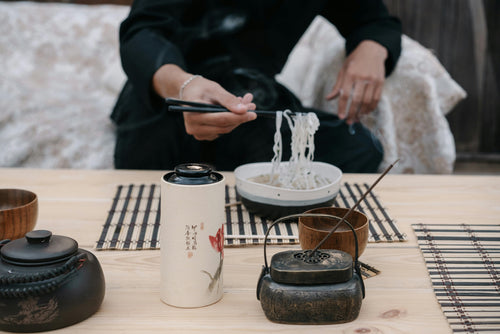
Etiquette Essentials for Visitors to Japan
Japan’s culture is rich in respect, politeness, and consideration, making etiquette an essential part of daily l...
-

7 Best Places to Discover Japan’s Samurai History
Japan’s samurai history is one of honor, skill, and deep cultural influence, stretching back centuries and leaving an...
-
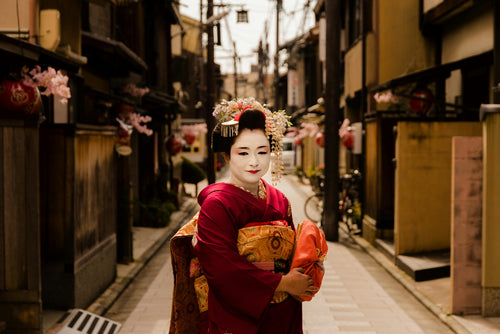
Geisha Culture in Japan: Myths and Realities
The world of geisha, Japan’s skilled performers and keepers of traditional arts, has long intrigued people around th...
-
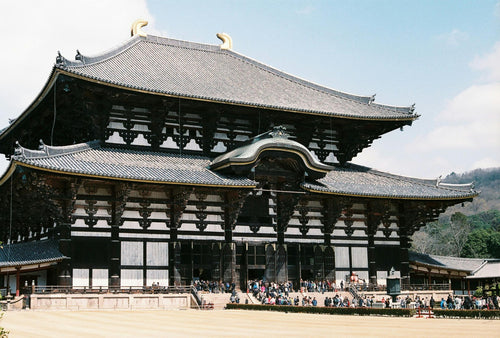
Japan’s Unique Architecture: Top 8 Traditional and Modern Landmarks
Japan is renowned for its unique blend of ancient architectural heritage and cutting-edge modern designs. From c...
-
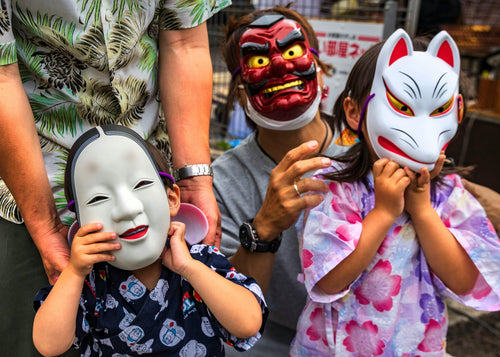
10 Traditional Japanese Festivals (Matsuri) You Can’t Miss
Japanese festivals, or *matsuri*, are vibrant celebrations of cultural heritage, featuring elaborate costumes, l...
-
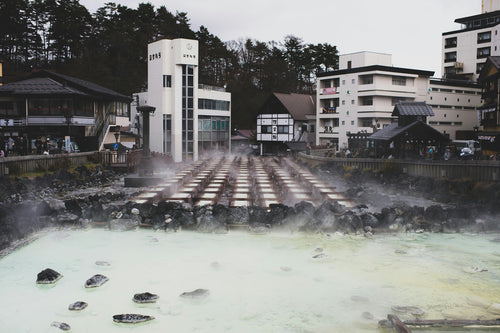
Japan’s Three Great Onsen: A Guide to Famous Hot Springs
Japan is famous for its natural hot springs, or *onsen* (温泉), offering visitors a unique opportunity to relax and rej...
-
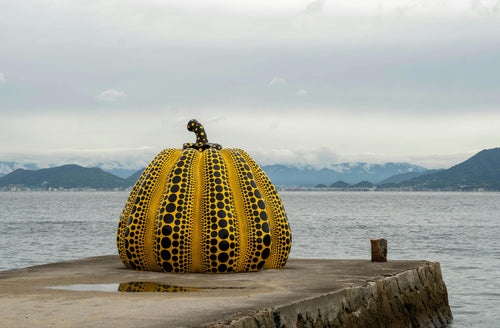
Japanese Art Exploration: Best Spots to Enjoy Art in Japan
Japan is a country rich in artistic heritage, from centuries-old traditional crafts to modern, innovative instal...
-

Guide to Japan’s Fireworks Festivals: When and Where to Go
Japan’s summer fireworks festivals, known as "hanabi taikai" (花火大会), are among the most anticipated events in th...
-
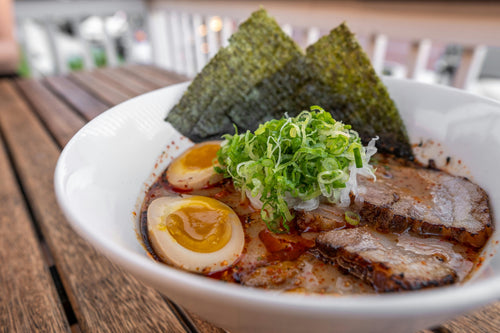
Where to Experience Ramen-Making Classes in Japan
Ramen is one of Japan’s most beloved dishes, with countless regional styles and flavors that attract food lovers from...
-
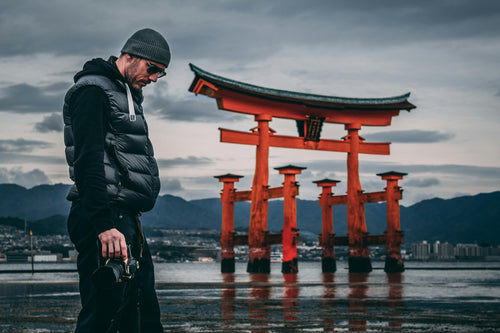
Power Spot Tours: Japan’s Famous Temples and Shrines
Japan is a land steeped in spiritual history, and visiting its temples and shrines provides not only a glimpse i...
-
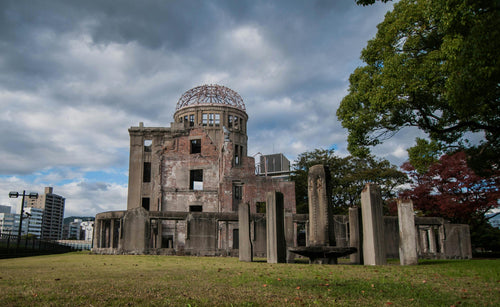
UNESCO World Heritage Site Tour Guide in Japan
Japan is home to numerous UNESCO World Heritage Sites, each offering a glimpse into the country’s rich cultural herit...
-
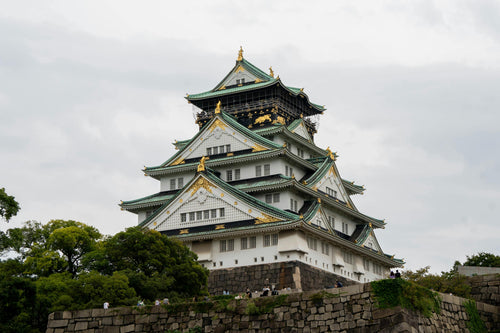
5 Famous Japanese Castles: History and Highlights
Japan is home to some of the most beautiful and historically significant castles in the world. Built during the feuda...
-
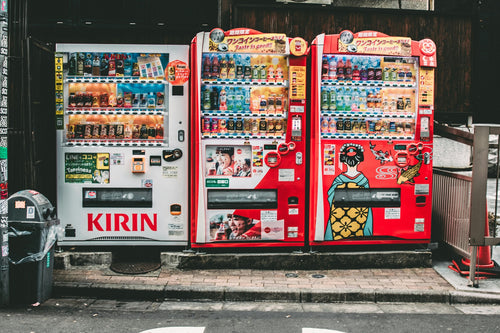
10 Unique Drinks to Try from Japanese Vending Machines
Japan is famous for its vending machines, offering an incredible variety of drinks that go beyond just soft drinks an...
-
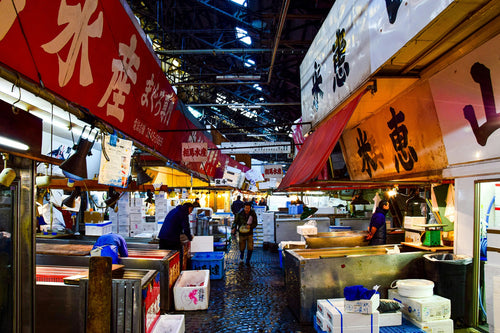
Tokyo Market Guide: Exploring Tsukiji and Toyosu Markets
Tokyo's Tsukiji and Toyosu Markets are must-visit spots for food lovers and anyone interested in Japan’s rich culinar...
-
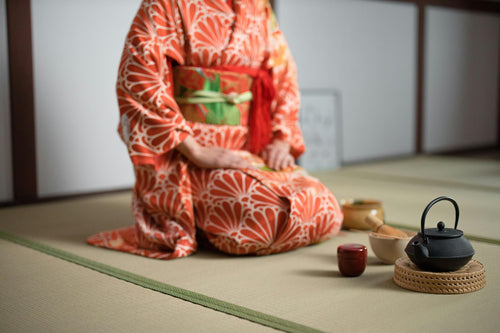
Experiencing Traditional Tea Ceremony in Tokyo
The Japanese tea ceremony, or "chanoyu," is a cultural experience steeped in tradition, aesthetics, and mindfulness....
-
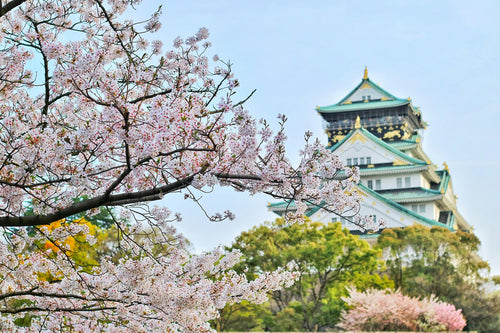
Top 7 Cherry Blossom Viewing Locations in Tokyo
Springtime in Tokyo is synonymous with the cherry blossom season, a breathtaking period when the city’s parks, rivers...
-
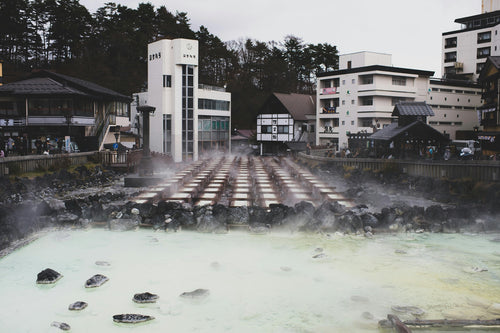
What is Onsen? A Guide to History, Benefits, and Etiquette
Onsen, Japan’s cherished hot spring culture, offers a unique blend of relaxation, scenic beauty, and deep-rooted trad...
-
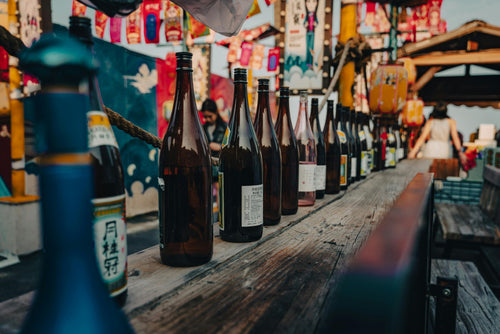
What is Sake? Its Production Method and History
Sake is a traditional Japanese alcoholic beverage made from fermented rice. It has been enjoyed in Japan for over a t...
-
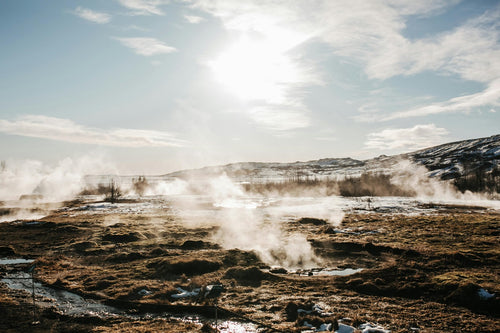
8 hot springs with beautiful scenery near Tokyo
Tokyo is a bustling metropolis, but just outside the city are some of Japan's most serene hot springs, or onsens, off...
-

Top 10 museum to visit in Tokyo
Tokyo is home to a diverse range of museums that cater to all interests, from art and history to technology and pop c...
-
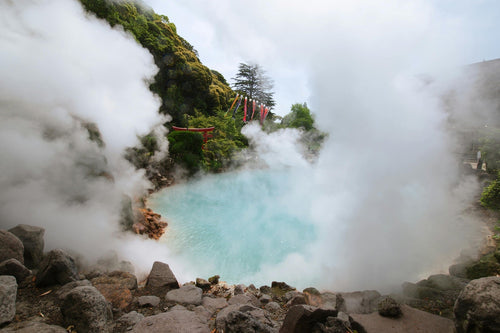
9 Best Hot Spring and Bathhouse in Tokyo
Tokyo is known for its vibrant urban energy, but it's also a fantastic place to relax and rejuvenate in hot springs (...
-
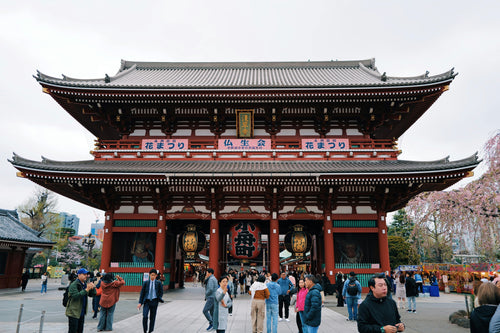
15 Famous Temples and Shrines to Visit near Tokyo
Tokyo and its surrounding areas are home to many famous temples and shrines that showcase Japan's rich spiritual and ...










































